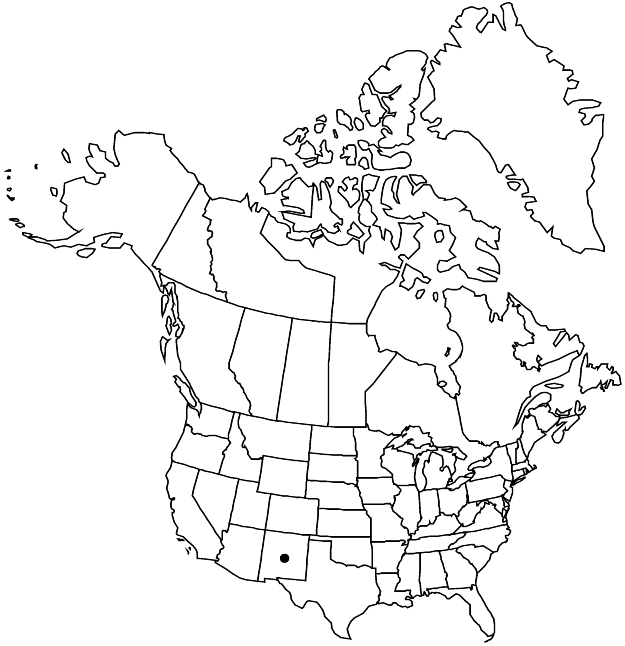Eriogonum gypsophilum
Contr. U.S. Natl. Herb. 16: 118, plate 49. 1913.
Herbs, erect, not scapose, 1.2–2 × 1–2 dm, glabrous, green. Stems spreading, without persistent leaf bases, up to 1/8 height of plant; caudex stems matted; aerial flowering stems erect, slender, solid, not fistulose, 0.8–1 dm, glabrous, densely tomentose among leaves. Leaves basal, 1 per node; petiole 3–5 cm, finely strigose; blade cordate to truncate or rarely reniform, (1–)1.5–2.5 × 1.5–2.5(–3) cm, glabrous except for fine hairs on margins and veins, margins plane. Inflorescences cymose, (4–)10–20 × 5–15(–20) cm; branches dichotomous, glabrous; bracts 3, scalelike, triangular, (2–)3–5 mm. Peduncles slender, erect, (0.5–)1–3 cm. Involucres 1 per node, campanulate, 1–1.5 × 2–2.5 mm, glabrous; teeth 5, erect to spreading, 1–1.3 mm. Flowers 1–2 mm; perianth yellow, glabrous except for fine white hairs along midrib; tepals connate proximal 1/3, slightly dimorphic, those of outer whorl lanceolate, 1.3–1.7 mm wide, those of inner whorl narrowly lanceolate, 0.7–0.9 mm wide; stamens exserted, 1.8–2.2 mm; filaments glabrous or nearly so. Achenes light brown, 1.5–2 mm, glabrous. 2n = 40.
Phenology: Flowering May–Sep.
Habitat: Eroded gypsum clay hills and fans, creosote bush communities
Elevation: 900-1100 m
Discussion
Of conservation concern.
Eriogonum gypsophilum is a federally listed threatened species. It is known only from three locations (Seven River Hills, south of Black River Village, and in the Ben Slaughter Draw/Hay Hollow drainage) in Eddy County. Its relationship to the rest of the species in subg. Eucycla is obscure. It may be more closely related to E. orcuttianum S. Watson, a large shrub of Baja California, Mexico, than to anything in the Rocky Mountain flora.
Selected References
None.
